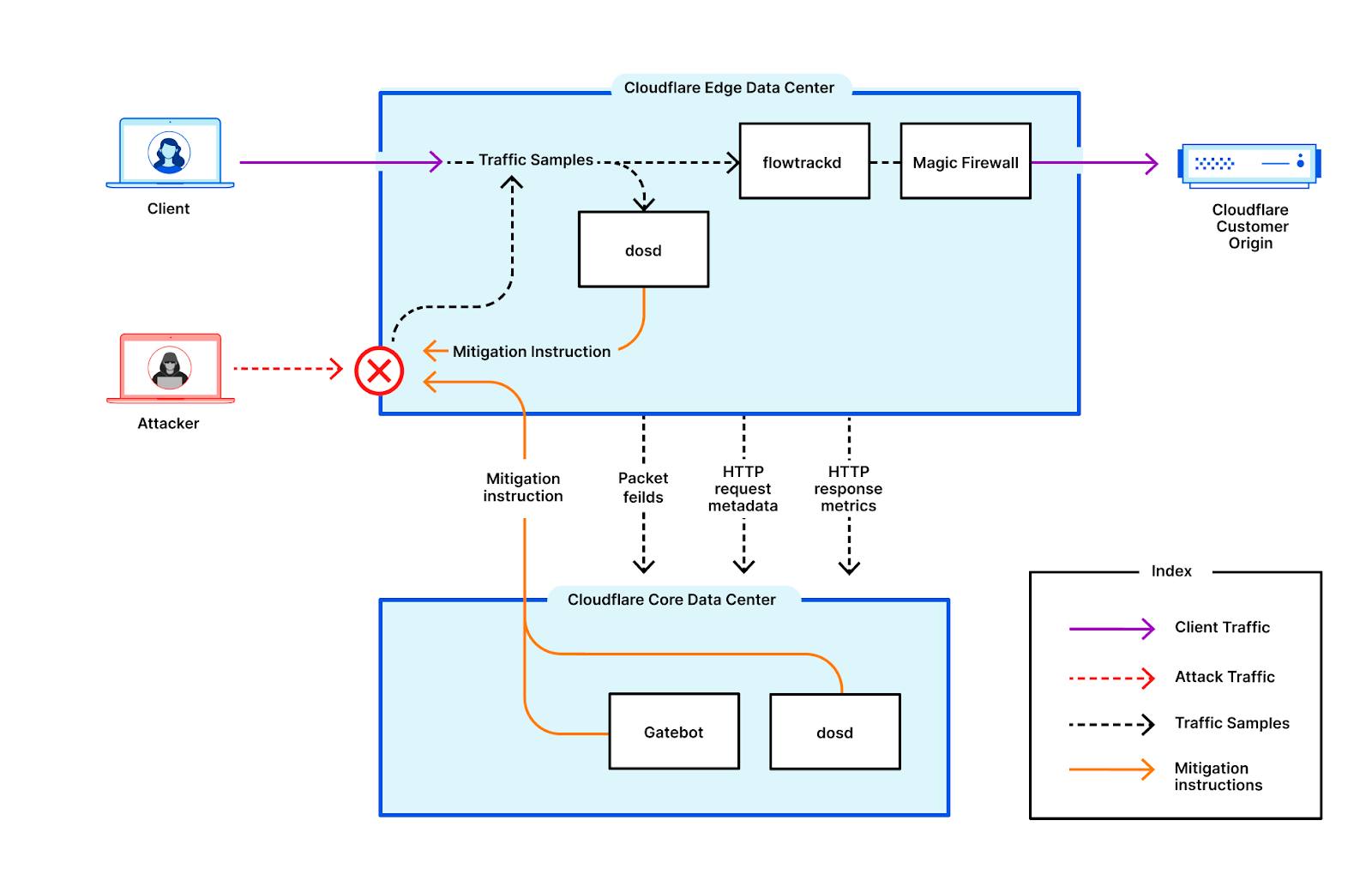Post Syndicated from Bruce Schneier original https://www.schneier.com/blog/archives/2024/01/new-iphone-exploit-uses-four-zero-days.html
Kaspersky researchers are detailing “an attack that over four years backdoored dozens if not thousands of iPhones, many of which belonged to employees of Moscow-based security firm Kaspersky.” It’s a zero-click exploit that makes use of four iPhone zero-days.
The most intriguing new detail is the targeting of the heretofore-unknown hardware feature, which proved to be pivotal to the Operation Triangulation campaign. A zero-day in the feature allowed the attackers to bypass advanced hardware-based memory protections designed to safeguard device system integrity even after an attacker gained the ability to tamper with memory of the underlying kernel. On most other platforms, once attackers successfully exploit a kernel vulnerability they have full control of the compromised system.
On Apple devices equipped with these protections, such attackers are still unable to perform key post-exploitation techniques such as injecting malicious code into other processes, or modifying kernel code or sensitive kernel data. This powerful protection was bypassed by exploiting a vulnerability in the secret function. The protection, which has rarely been defeated in exploits found to date, is also present in Apple’s M1 and M2 CPUs.
The details are staggering:
Here is a quick rundown of this 0-click iMessage attack, which used four zero-days and was designed to work on iOS versions up to iOS 16.2.
- Attackers send a malicious iMessage attachment, which the application processes without showing any signs to the user.
- This attachment exploits the remote code execution vulnerability CVE-2023-41990 in the undocumented, Apple-only ADJUST TrueType font instruction. This instruction had existed since the early nineties before a patch removed it.
- It uses return/jump oriented programming and multiple stages written in the NSExpression/NSPredicate query language, patching the JavaScriptCore library environment to execute a privilege escalation exploit written in JavaScript.
- This JavaScript exploit is obfuscated to make it completely unreadable and to minimize its size. Still, it has around 11,000 lines of code, which are mainly dedicated to JavaScriptCore and kernel memory parsing and manipulation.
- It exploits the JavaScriptCore debugging feature DollarVM ($vm) to gain the ability to manipulate JavaScriptCore’s memory from the script and execute native API functions.
- It was designed to support both old and new iPhones and included a Pointer Authentication Code (PAC) bypass for exploitation of recent models.
- It uses the integer overflow vulnerability CVE-2023-32434 in XNU’s memory mapping syscalls (mach_make_memory_entry and vm_map) to obtain read/write access to the entire physical memory of the device at user level.
- It uses hardware memory-mapped I/O (MMIO) registers to bypass the Page Protection Layer (PPL). This was mitigated as CVE-2023-38606.
- After exploiting all the vulnerabilities, the JavaScript exploit can do whatever it wants to the device including running spyware, but the attackers chose to: (a) launch the IMAgent process and inject a payload that clears the exploitation artefacts from the device; (b) run a Safari process in invisible mode and forward it to a web page with the next stage.
- The web page has a script that verifies the victim and, if the checks pass, receives the next stage: the Safari exploit.
- The Safari exploit uses CVE-2023-32435 to execute a shellcode.
- The shellcode executes another kernel exploit in the form of a Mach object file. It uses the same vulnerabilities: CVE-2023-32434 and CVE-2023-38606. It is also massive in terms of size and functionality, but completely different from the kernel exploit written in JavaScript. Certain parts related to exploitation of the above-mentioned vulnerabilities are all that the two share. Still, most of its code is also dedicated to parsing and manipulation of the kernel memory. It contains various post-exploitation utilities, which are mostly unused.
- The exploit obtains root privileges and proceeds to execute other stages, which load spyware. We covered these stages in our previous posts.
This is nation-state stuff, absolutely crazy in its sophistication. Kaspersky discovered it, so there’s no speculation as to the attacker.



